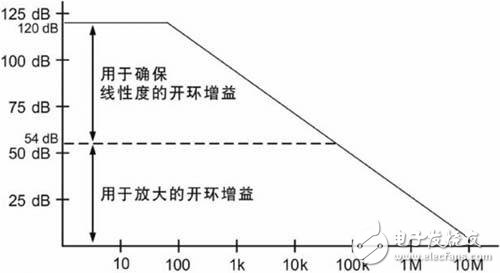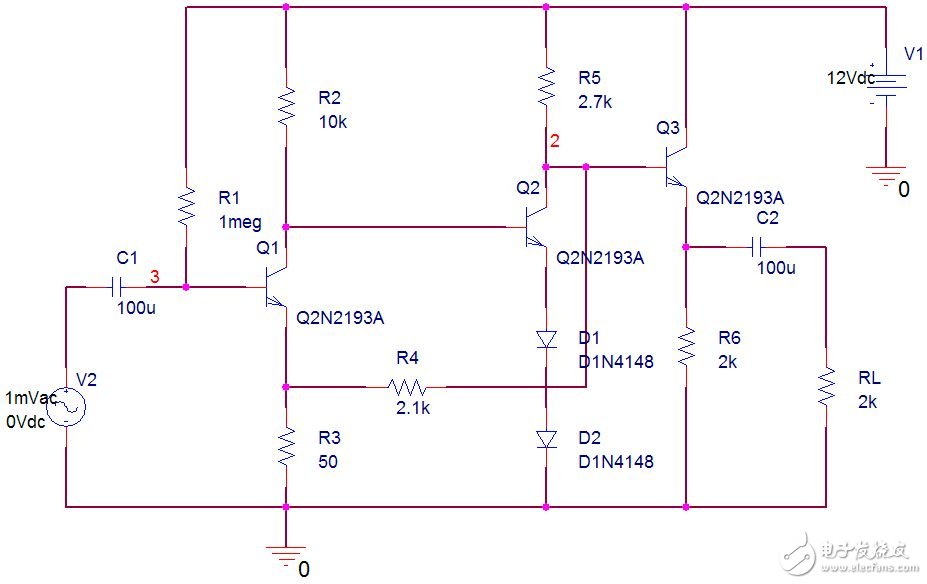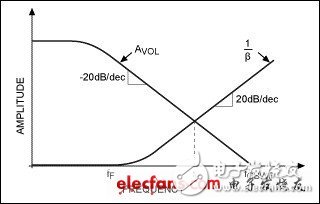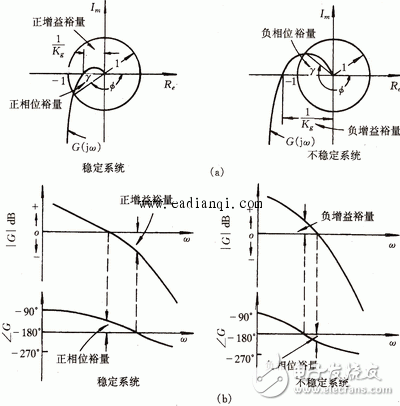The open loop gain is the amplification gain when no negative feedback circuit is added to the amplifier. The gain after adding negative feedback is called closed loop gain. Since the negative feedback reduces the amplification capability of the amplifier, the closed loop gain must be less than the open loop gain in the same system. In the automatic control system, the open-loop gain refers to the corresponding open-loop transfer function gain after the open-loop transfer function is written as a standard form.
Definition of open loop voltage gain AVOL
In the absence of negative feedback (open loop conditions), the amplifier's amplification is called open loop gain, or AVOL for short. The ideal value of AVOL is infinite, generally between several thousand and tens of thousands of times, and its representation uses dB and V/mV, etc. For example, the AVOL typical values ​​of μA741C and LM318 are both 200V/mV or 106dB. In the operational amplifier, in order to make the calculation simple and have a virtual ground (Virtual Ground) assumption, it is assumed that the larger the AVOL must be, the easier it is to satisfy the condition of this virtual ground.
Open loop gain ideal op amp conditions
1, open loop gain infinity
2, the input impedance is infinite, the output impedance is 0
3, the passband infinity
4. Open loop (OPEN-LOOP) refers to the state when there is no feedback network, and closed loop (CLOSE-LOOP) is the state when feedback is added.
This is defined as an ideal op amp, of course, can not make the op amp saturated, so it makes no sense to study.
5. The ideal op amp is the best ratio of input to output.
Open loop gain open loop gain and feedback coefficient problem
After the product of the open loop gain and the feedback coefficient is determined, the specific open loop gain and feedback coefficient size are determined.
When the product of the open loop gain and the feedback coefficient is much larger than 1, the closed loop gain of the negative feedback amplifier is approximately equal to the reciprocal of the feedback coefficient. In a specific circuit design, the closed-loop gain of the negative feedback amplifier is determined as a requirement and is a known number. If the open loop gain is large, the feedback coefficient is required to be small, and vice versa.
The effect of open loop gain on the system
At low frequencies, K affects the steady-state performance of the system. The higher the K, the better. The higher the K, the more stable the system.
At high frequencies, K affects the anti-jamming performance of the system. The lower the K, the better. The lower the K, the better the anti-interference performance of the system.
Increasing the open-loop gain shifts the amplitude-frequency characteristic curve upwards while the phase-frequency characteristic curve does not change. Thus, the cutoff frequency increases and the crossing frequency does not change. Performance impact: the adjustment time is reduced, the steady-state error is reduced, and the anti-high-frequency interference capability is weakened. Both the phase angle and the amplitude margin are reduced (it can be said that the system stability is deteriorated).
Xlpe Control Cable,Termite Resistant Control Cable,Termite Proof Control Cable,Termite Proof Xlpe Control Cable
Baosheng Science&Technology Innovation Co.,Ltd , https://www.bscables.com